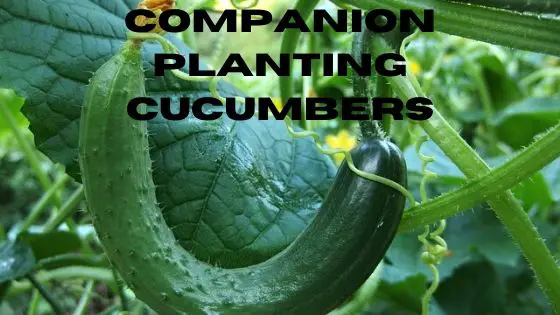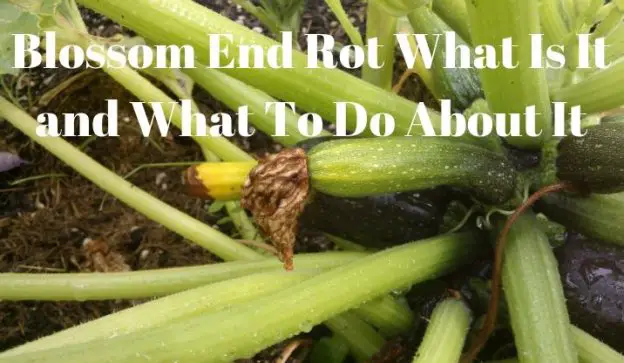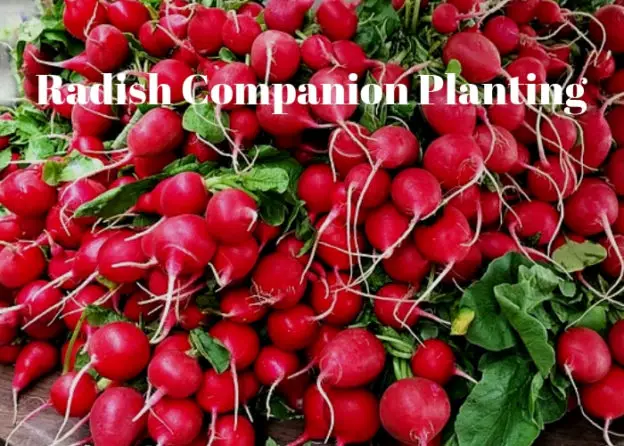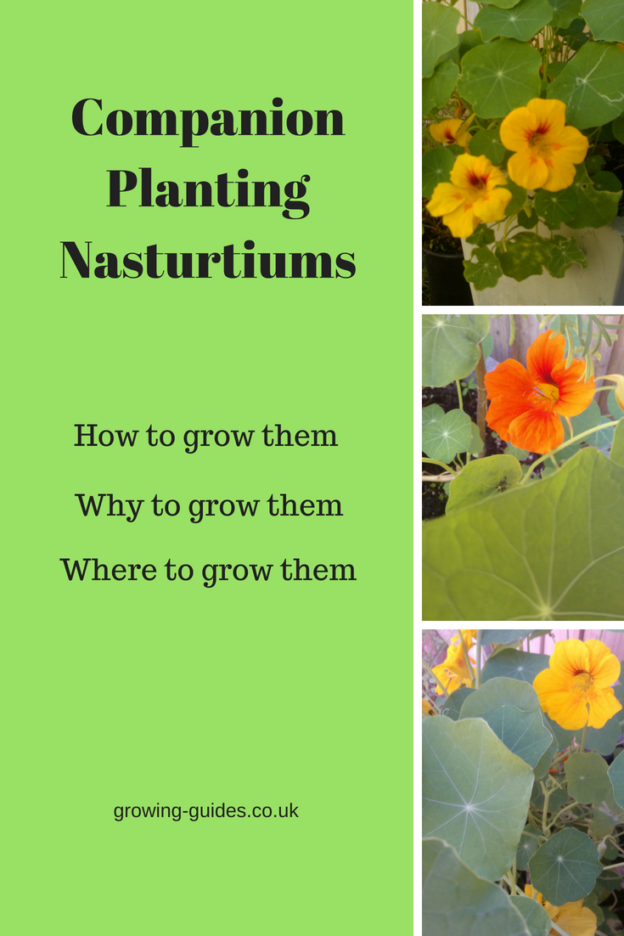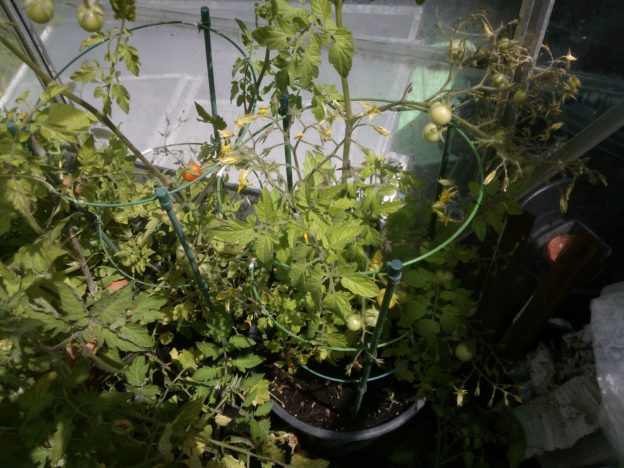Companion Planting Dill
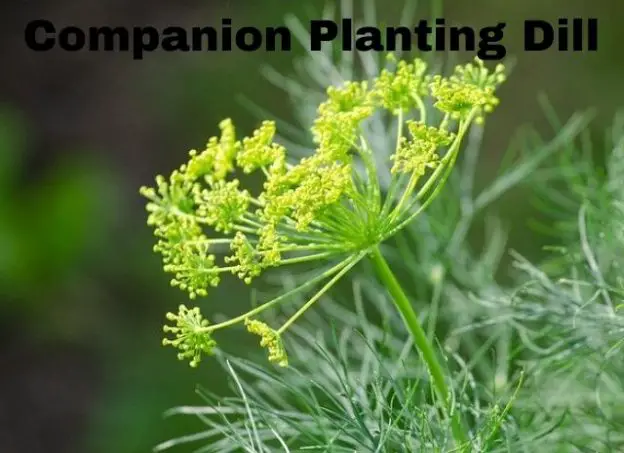
This attractive herb is popular with chefs for use with fish dishes. It is also popular with beneficial insects like bees, hoverflies, and predatory wasps. There are many plants that will benefit from companion planting dill. Companion Planting Dill With its dainty, feathery leaves, and pretty yellow flower heads, dill makes a great herb to brighten any garden. For the organic gardener, it is a great companion plant and well worth growing. Below are the plants that will benefit the most from companion planting with dill. Brassicas and Dill Brassica is the family name for the cabbage group of plants… → Read More

